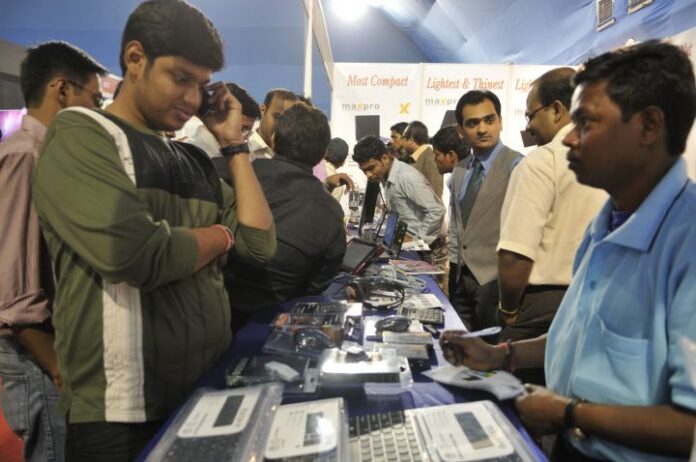Reliance and Aircel initially signed a merger agreement in September 2016.
Indian telecommunications firms Reliance Communications and Aircel obtained approval to merge their operations from the Securities and Exchange Board of India. The deal has already garnered approval from the Bombay Stock Exchange and National Stock Exchange, but still needs approval from the National Company Law Tribunal.
The deal was initially signed last September, and represents the largest consolidation in the Indian telecom sector. Under terms of the agreement, Reliance and Aircel will each hold a 50% stake in the new entity dubbed MergedCo, with equal representation on the board of directors and all committees. MergedCo will have the second-largest spectrum holding amongst all operators, aggregating 448 megahertz across the 850 MHz, 900 MHz, 1800 MHz and 2100 GHz bands. The new company will provide 2G, 3G and LTE mobile services across 22 telecom circles in India.
The deal also stipulates that Reliance’s data center, fiber and related infrastructure operations will remain separate following the merger.
Reliance Communications’ network infrastructure currently covers more than 21,000 cities and towns and more than 400,000 villages across India. The company also owns and operates internet protocol-enabled connectivity infrastructure, including more than 280,000 kilometers of fiber optic cable systems in India, the U.S., Europe, the Middle East and the Asia-Pacific region.
Aircel currently offers 2G and 3G mobile services in 12 telecom circles.
APAC governments plan IoT investments
Approximately 40% of government organizations in the Asia-Pacific region said they plan to make internet of things investments within the next 12 months, according to a recent study by IDC. Another 50% said they plan to roll out IoT solutions in the next 12 to 24 months.
The study also found nearly 62% of companies in the region are considering IoT to create a strategic impact to their organizations, while 25% consider IoT to create a transformational impact in their organizations. About 28% of the organizations consider security as a major hindrance to deploying IoT solution.
“Improving productivity, improving time to market for products/services and improving energy efficiency reducing costs are the top benefits of an IoT solution,” said Shreyashi Pal, market analyst for IDC Asia-Pacific Government and Education Insights. “IoT enables access to new and granular data sources, empowered by swift connectivity and quick data gathering capability giving access to a wider range of information that enhances the quality of government services at a scale, which previously has been thought to be unattainable.”

